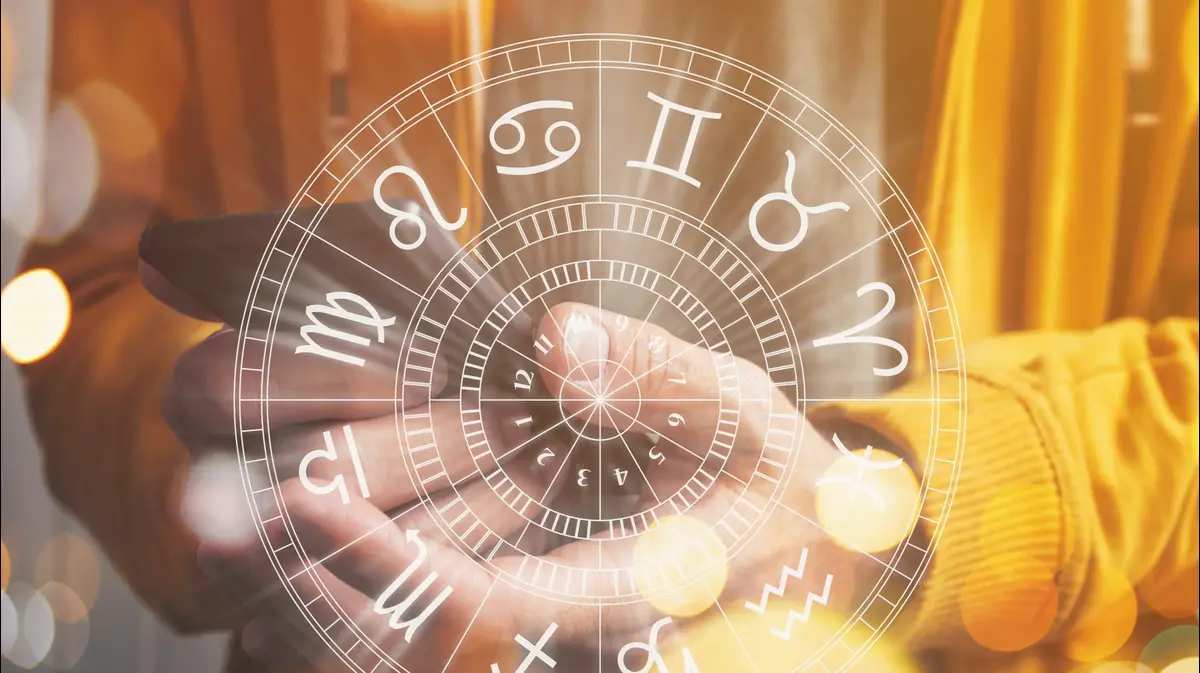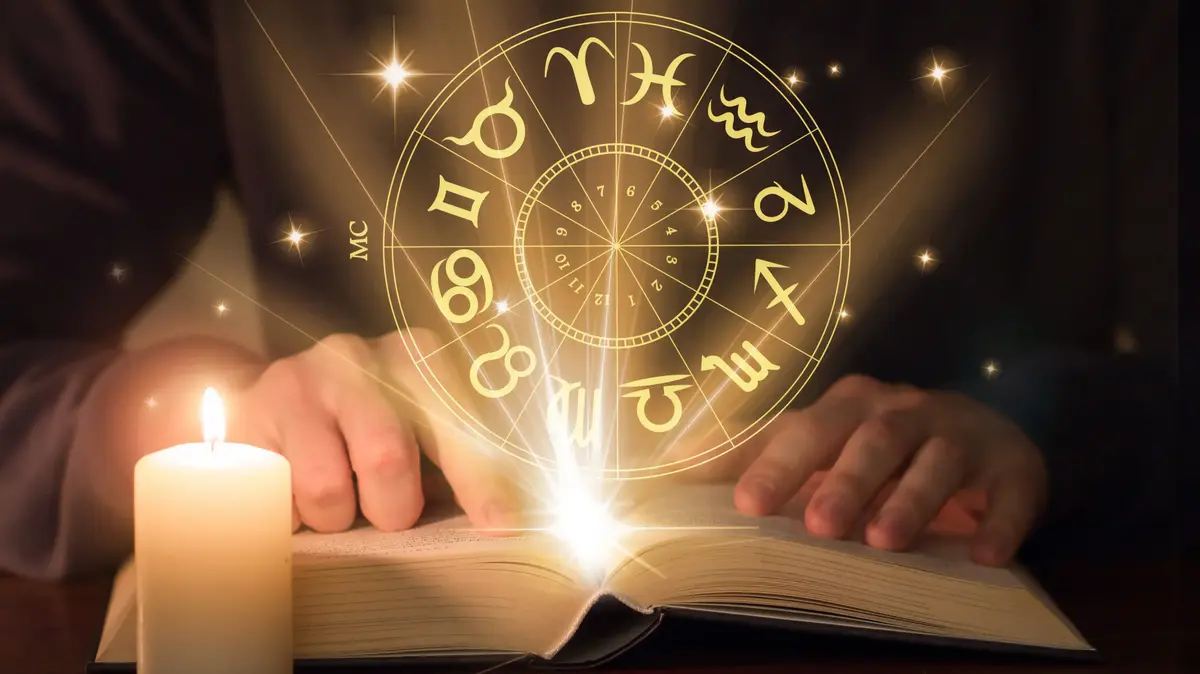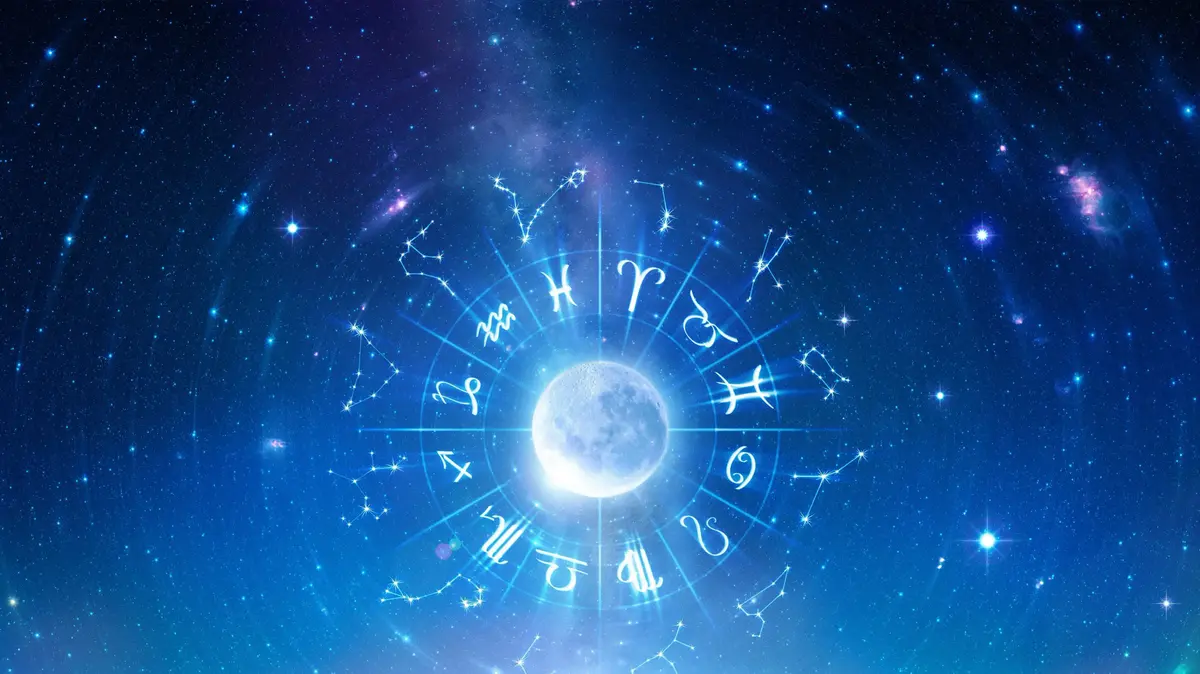The planet Saturn is also known as the "Lord of the Rings". Why this is so, you can already see with your own eyes with binoculars.
Saturn is the second largest of the eight planets in our solar system. But why is Saturn called the "Lord of the Rings"? The answer is obvious – in the truest sense of the word: the planet is surrounded by a large and conspicuous ring system, some of which can already be seen with binoculars (from 40x magnification).
| Ring | Discovery |
|---|---|
| A-ring | 1610 by Galileo Galilei |
| B-ring | 1610 by Galileo Galilei |
| C-ring | 1850 by George Phillips Bond |
| D-ring | 1969 by Pierre Guérin |
| E-ring | 1967 by Walter Feibelman |
| F-ring | 1979 by the Pioneer 11 spacecraft |
| G-ring | 1980 by the Voyager 1 spacecraft |
Even though Saturn's rings look like closed, ring-shaped disks, they are actually not. Instead, they are countless small chunks of material – mostly ice and rock – orbiting the planet. The size of these chunks varies from the smallest dust particles to boulders a few meters in size. The rings are between ten and 100 meters thick, the largest has a diameter of almost one million kilometers.
"Lord of the Rings": Saturn has seven rings
In total, Saturn has seven official rings, in fact, the main ring system consists of more than 100,000 individual rings. The two brightest rings were discovered as early as 1610 with one of the first telescopes. The discoverer is no stranger: it was the Italian astronomer Galileo Galilei who, among other things, also discovered four of Jupiter's moons. However, Galileo did not recognize the rings of Saturn as rings, but saw them as "handles". The other rings were discovered partly in the 19th and partly only in the 20th century – the last two by the space probes "Pioneer 11" and "Voyager 1".
+Saturn's rings are largely made up of water particles of various sizes. The image was taken by NASA's Cassini spacecraft. (archive image)
© NASA/JPL-Caltech/Space Science Institute
Saturn's rings are significantly younger than the planet
How exactly Saturn's rings were formed has not yet been fully clarified. Theories suggest that an earlier moon of Saturn is responsible for the formation. He is said to have come so close to the planet that it broke. The rings were created from the material. Another theory suggests that the moon broke up as a result of a collision with another celestial body (such as an asteroid or comet).
New studies assume that Saturn's rings are only 100 to 400 million years old – and thus significantly younger than the planet itself. Research suspects that the rings are already disappearing again. Some time ago, a NASA study showed that the ice of Saturn's rings is slowly raining down on the planet. In 100 million years, the rings could have disappeared altogether. Saturn will probably have to give up its title "Lord of the Rings" – another could be retained: Saturn is also the planet in the solar system that has the most moons. (tab)











/cloudfront-eu-central-1.images.arcpublishing.com/prisa/KMEYMJKESBAZBE4MRBAM4TGHIQ.jpg)



